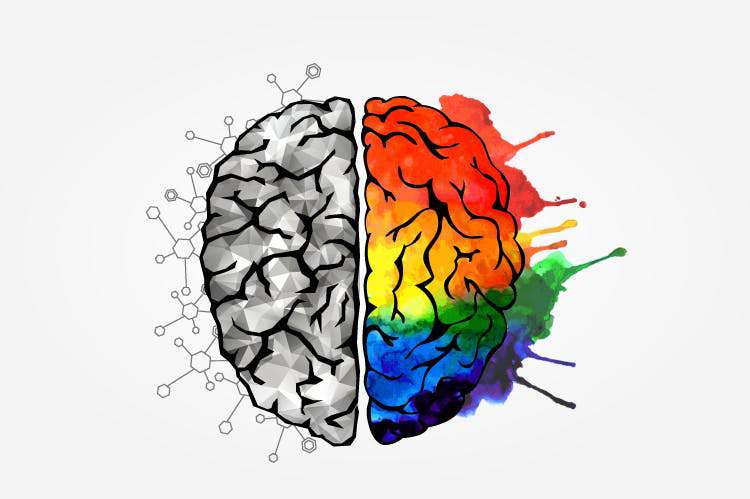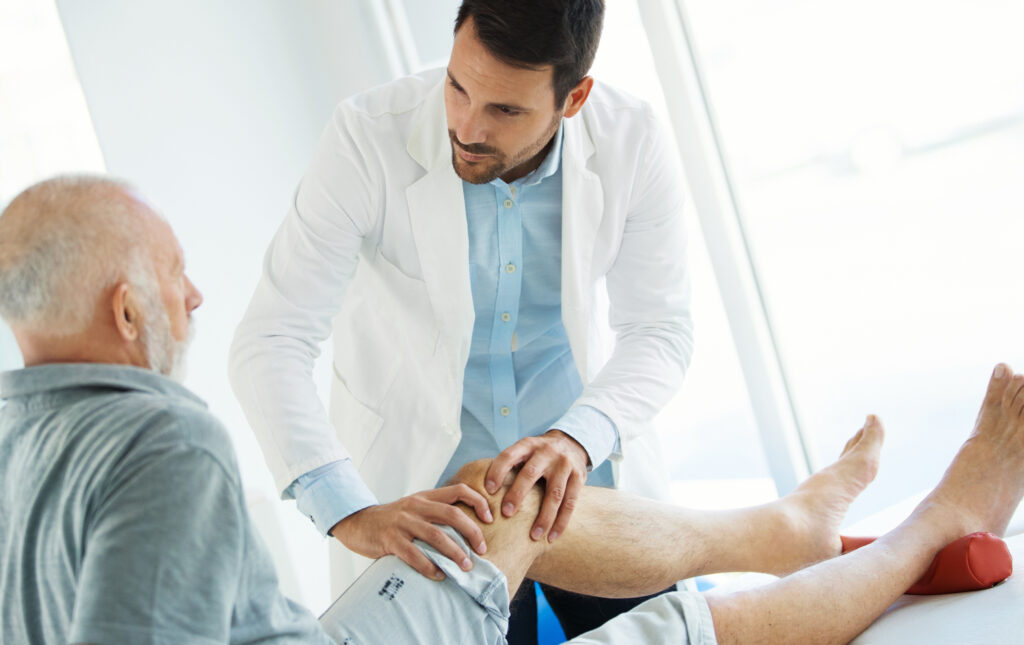Every year, 15 million people suffer from stroke, according to the World Health Organization. Of these stroke sufferers, five million face permanent disabilities such as neurological impairment.
Thankfully, newer technology has brought forth promising regenerative treatments, such as stem cell therapy.
Keep reading to learn about strokes, their varying degrees, the disabilities caused by stroke, and stroke treatment methods.
What is a stroke, exactly?
A stroke occurs when there’s a lack of or no blood flow to the brain. Without blood flow, oxygen cannot adequately make its way to the brain’s cells, resulting in brain cell death. This occurrence is known as stroke.
There are three types of strokes:
- Ischemic Stroke
- Hemorrhagic Stroke
- Transient Ischemic Attack (TIA)
Ischemic Stroke
Ischemic strokes are the most common, occurring in 87% of stroke sufferers. This type of stroke happens when the arteries that carry oxygenated blood to the brain become blocked, restricting blood flow to the brain’s cells. Blood clots commonly cause ischemic strokes.
Hemorrhagic Stroke
A hemorrhagic stroke is caused by bleeding in the brain. When an artery breaks open or leaks blood into the brain, it puts enormous pressure on the brain cells, causing damage and cell death.
Aneurysms and high blood pressure are two conditions that cause the arteries to break open, resulting in a hemorrhagic stroke.
Transient Ischemic Attack (TIA)
Commonly referred to as “mini-strokes,” TIAs result from temporary blockage of blood flow to the brain, usually lasting about five minutes. Similar to ischemic strokes, TIAs generally result from blood clots in the arteries.
According to the CDC, more than one-third of people with a TIA will have a stroke within one year if not treated. TIAs should be taken seriously as warning signs for future strokes.
What can you expect after having a stroke?
Long-term disabilities caused by a stroke depend on the number of brain cells damaged and the location cell death occurs. Other factors such as existing medical conditions, the patient’s age, and the level of alertness when the stroke occurred also play a role in the patient’s outcome.
Common disabilities from stroke include:
- Speech impairment
- Paralysis or weakness on one side of the body
- Restricted physical abilities
- Memory loss
- Loss of bladder control
- Loss of control over other bodily functions
- Inability to eat
Early intervention with stroke treatments improves recovery and allows many people to regain some abilities lost. But even if treated early, strokes may still have debilitating effects on the body and it’s not uncommon for stroke symptoms to linger.
After a stroke, some patients still have paralysis, trouble speaking, eating, remembering things, numbness, controlling bladder and bowel, and depression.
What are the risk factors of stroke?
High blood pressure and smoking are the most significant risk factors for stroke. Other risk factors include:
- Heart attack
- Atrial fibrillation (A-fib)
- Sickle Cell Disease
- Heart failure
- Birth control pills
- History of TIA
- High blood cholesterol and lipids
- Obesity
- Excessive alcohol use
- Illegal drug use
- Other heart conditions
What are the signs you’re having a stroke?
When you’re having a stroke, it’s crucial to seek medical treatment right away. Early intervention can save your life and lessen your stroke-related disabilities. Here are the signs to look for:
- Sudden numbness/weakness in the face or limbs, primarily occurring on one side of the body
- Sudden slurred or impaired speech
- Sudden confusion
- Vision problems or trouble seeing out of one or both eyes
- Sudden, unexplained severe headache
- Dizziness or difficulty walking
If you’re experiencing these symptoms, seek medical treatment right away.
Emergency stroke treatment
Emergency treatment for strokes depends on the type of stroke you’re experiencing. The medical team uses blood tests and imaging to diagnose the stroke and decide on proper treatment.
For ischemic strokes, treatment involves restoring blood flow to the brain. Doing so may involve intravenous (IV) medication or endovascular procedures to treat the stroke directly in the artery at the sight of the clot. Other procedures, such as carotid endarterectomy or angioplasty, may be recommended by the physician.
To emergently treat hemorrhagic strokes, physicians work to control the bleeding, usually by surgical procedures.
Emergency intervention for stroke is crucial to quickly improve oxygenated blood flow to the brain or control bleeding. These interventions save lives. But some stroke survivors will face residual deficits, requiring stroke recovery treatments.
Stroke recovery
If you suffer from residual deficits from stroke, recovery treatment options work to improve your outcome in the long run. Your treatment recovery plan will depend on the type of stroke you had, its severity level, and your disabilities. Here are some stroke recovery treatment options.
Stroke rehabilitation
Stroke rehabilitation might include physical, occupational and speech therapies, depending on your needs.
Physical therapy
A physical therapist might work with you to regain body movements you lost from your stroke, as well as coordination.
Occupational therapy
Occupational therapists focus on daily activities that became difficult after your stroke. These tasks include brushing your teeth, getting dressed, eating, writing, etc.
Speech therapy
Speech therapists work with patients that have difficulty speaking (or understanding speech) after a stroke.
Therapies included, depending on your treatment needs, include:
- Physical activities such as motor skill exercises, range-of-motion therapy, and mobility training.
- Physical activities with technology, like virtual reality, robotic technology, and functional electrical stimulation.
- Counseling for psychological damage. Having a stroke can have detrimental effects, both emotionally and physically. Counseling after a stroke may help patients battle anxiety, depression or other mental problems due to stroke.
The duration of these treatments varies in each situation and will change as improvements are made throughout therapy. Some patients recover more quickly than others. Some patients might take years to recover but will see progress with treatment over time.
Medication
After a stroke, your doctor may prescribe medications to prevent another stroke from occurring. Depending on your medical condition and the type of stroke you had, these medications might include blood pressure medication, blood thinners, or other heart medications.
Alternative medicine treatment
Medical professionals generally don’t recommend alternative medicine treatments to replace stroke treatment since there isn’t enough evidence supporting their effectiveness as stroke treatments. But alternative medicine therapies can be used in addition to your medical treatments and may help you achieve your health goals more quickly.
Alternative medicine stroke treatments include:
- Dietary and lifestyle changes. These changes consist of eating (or not eating) certain foods, exercise, yoga, smoking cessation, and managing your weight.
- Stress management. High levels of stress can lead to stroke, so learning stress management is crucial. Meditation, massage, aromatherapy, deep breathing exercises, self-care, and downtime are ways to reduce stress and relax.
- Adding supplements or herbs. There are supplements to improve blood circulation that can help to prevent future strokes.
- Getting enough of the right vitamins and nutrients.
- Acupuncture
- Oxygen therapy.
Regenerative medicine
Unlike conventional medicine that focuses on treating symptoms, regenerative medicine aims to fix the root cause of the problem. It aims to replace damaged organs and tissues, often caused by trauma or disease.
Types of regenerative medicine include prolotherapy, platelet-rich plasma (PRP), cartilage regeneration, and stem cell therapy.
Stem cells are a type of cell collected from fat tissue, umbilical cords, and bone marrow. These cells can decrease inflammation, repair damaged cells, and help to regenerate new cell growth.
Stem cell therapy arose as a promising treatment strategy for stroke when used with other treatments and therapies. Injected stem cells enhance recovery and improve disability symptoms after a stroke by repairing damaged brain cells and improving disabilities in stroke patients.
Here’s how stem cell therapy can help
Stem cell therapy aims to repair damaged cells, allowing the patient to regain some motor function.
Stem cells are injected into arteries or veins and then travel from the injection site to where the brain needs them- the location of the stroke.
Stem cells don’t repair dead cells but rather stimulate a reparative process, promoting the growth of new cells. In other words, stem cells improve the body’s ability to regrow new cells. In addition to promoting new cell growth, stem cells prevent the ongoing death of cells.
Research shows that stem cells are a safe, effective stroke treatment. Not only are side effects minimal, but stem cell therapy has shown continued improvement in stroke patients after only one injection.
A clinical trial showed that stem cells improved motor function in stroke patients and even helped some patients regain the ability to walk. The research also showed improvement in recovery, even when administered up to three years after the stroke occurred.
Stem cell therapy offers hope for stroke patients with disabilities. This safe and effective stroke treatment allows patients to regain some of the functions lost after the stroke, improving their health and quality of life.
If you suffer from disabilities after having a stroke, speak with an advocate to discuss if stem cell therapy is right for you.


